Palmetto Bluff Real Estate Company Sales Office
Office Hours
Monday-Friday 9am - 5pm
Saturday 9am - 4pm
Sunday 12 - 4pm
Saturday 9am - 4pm
Sunday 12 - 4pm
About the writer: Zoe Klauck is a senior at the University of South Carolina in Columbia. She is currently finishing her degree in anthropology and art history, and over the past four summers, she’s worked as an archaeology intern for the Palmetto Bluff Conservancy. Her work here is centered in the lab; cleaning, organizing, labeling, and reconstructing artifacts from the field.
Previously, I wrote about how reconstruction is an important part of the artifact identification process. This time, I want to share some of the other work as well as the reconstruction that I do in the lab.
Recently, I’ve been working on pipe bowl and stem fragments from a site at the south end of Palmetto Bluff. There are 721 stem-only fragments and 192 bowl fragments. As those numbers indicate, stem fragments are much more common than bowl pieces. One possible explanation for this is that people shared pipes, and each person would break off a piece of the stem to give themselves a fresh mouthpiece when they took the pipe. However, this clearly isn’t always true because some fragments have been filed down to create a smoother mouthpiece after a break. If people were simply sharing a pipe, they probably weren’t filing down the stem when they were handed the pipe. It’s more likely that the pipe stems were just fragile due to their surprising length. In the late 16th century, the average length of a pipe stem was 3.5 inches, but by the 18th century, styles had changed and the average length was 13 to 13.5 inches. These long, skinny clay stems broke easily and left hundreds of pieces at archaeological sites.
With the increase in length, there was a decrease in the size of the hole inside of the stem. The holes were created by running a wire through the stem while it was still in the mold. The shorter pipes could withstand a thicker center hole, while the longer pipes required a thinner hole. This means that archaeologists can date the stems by measuring the diameter of the hole.
A gauge for measuring the size of the hole in a pipe stem is one of the coolest tools I’ve ever used in the lab. It is a series of drill bits secured into a wooden base. The smallest size is 4/64th inch, and it increases by 1/64th of an inch all the way up to 10/64th inch. I measured all 721 pipe stem fragments by carefully sliding them onto each drill bit. Starting with the smallest and working my way up until I found the perfect fit. That drill bit size was the measurement recorded for that fragment. The most common sizes we had in our assemblage were 4/64 and 5/64. These measurements give us a date of 1750 to 1800 for the site.

In addition, I looked at all the fragments to search for patterns and any fits I could glue back together. Bowls and stems could be embossed with a pattern or left plain. Luckily for me, we had some of both. I’m still working on identifying the patterns and several are pretty cool to look at.

The three stems on the left are really amazing. The lower two were mended (glued back together) by me. Before the mending, it was almost impossible to tell those two very different patterns went to the same pipe. This is another example of why reconstruction is an important (and my favorite) step in artifact identification.
The stem on the lower right is also interesting. Instead of a pattern, it has letters. The bold capital script reads, “T. MORGAN LIVERPOOL.” After doing some research, Katie Epps, one of the Palmetto Bluff Conservancy’s archaeologists, and I were able to find out that T. MORGAN represents Thomas Morgan, a pipe maker in central Liverpool, England. He is listed in Gore’s Liverpool trade directory for 1790-1796. We also learned Thomas Morgan actually had two different maker’s marks, one for each factory. His first one was just “T. MORGAN LIVERPOOL” and his second one was “T. MORGAN LIVERPOOL 1.” Unfortunately, our stem fragment is broken right at the last “L” in Liverpool, so we have no way of knowing which maker’s mark we have.

Moving on to our decorated pipe bowl fragments, we have quite a variety. Identifying and dating exact patterns is proving harder than expected because so many designs were combined and reused over time. Since we only have relatively small fragments, we can’t see the whole pattern. However, the piece on the far right has a design with a purpose. When taking the finished pipe out of the mold, the pipe makers would trim or file down the mold line to give it a professional look. If there is a mistake with the mold line, some makers would cover the seam with leaves to hide the fault.
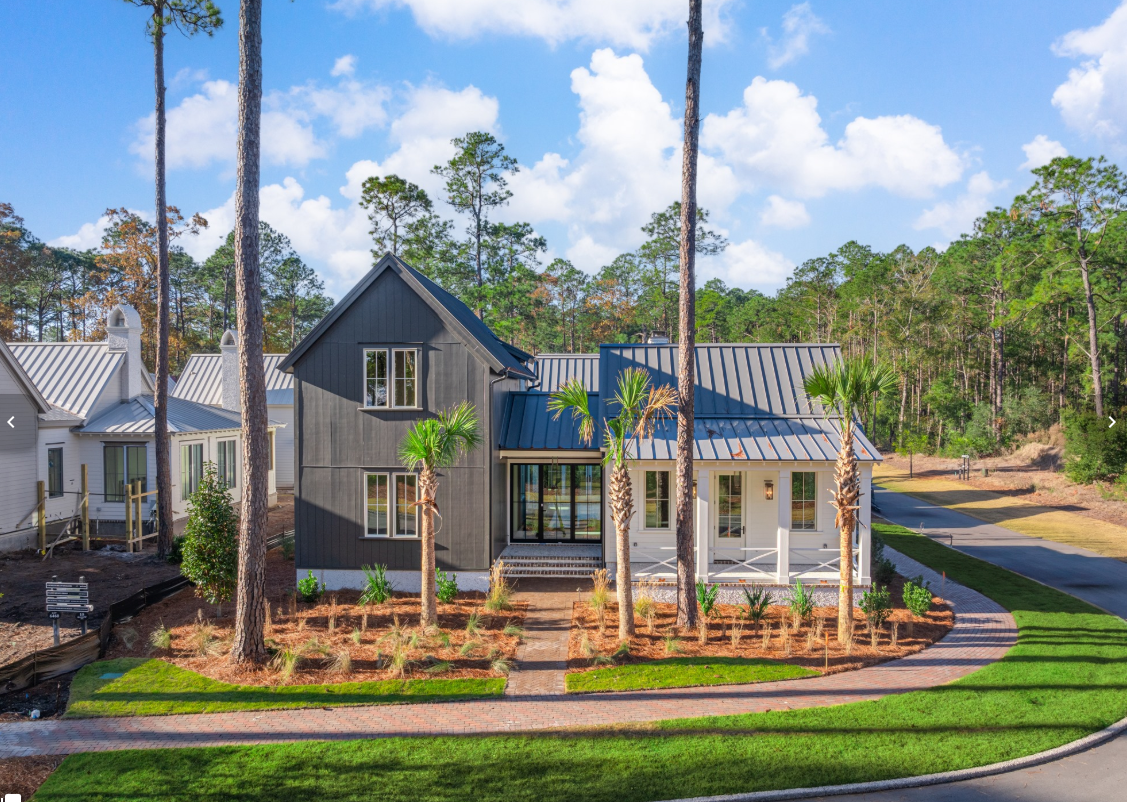
The Ultimate Choice: Building vs Buying a Home in Palmetto Bluff For those searching for Palmetto Bluff homes for sale, this common question often arises: Should you choose an existing residence, or embrace the opportunity to build your own? While a complet...

A Complete Guide to South Carolina Winter at Palmetto Bluff South Carolina's winter is unlike any other on the East Coast. While many travelers search for “South Carolina winter” expecting cooler temperatures and limited outdoor options, the Lowcountry revea...
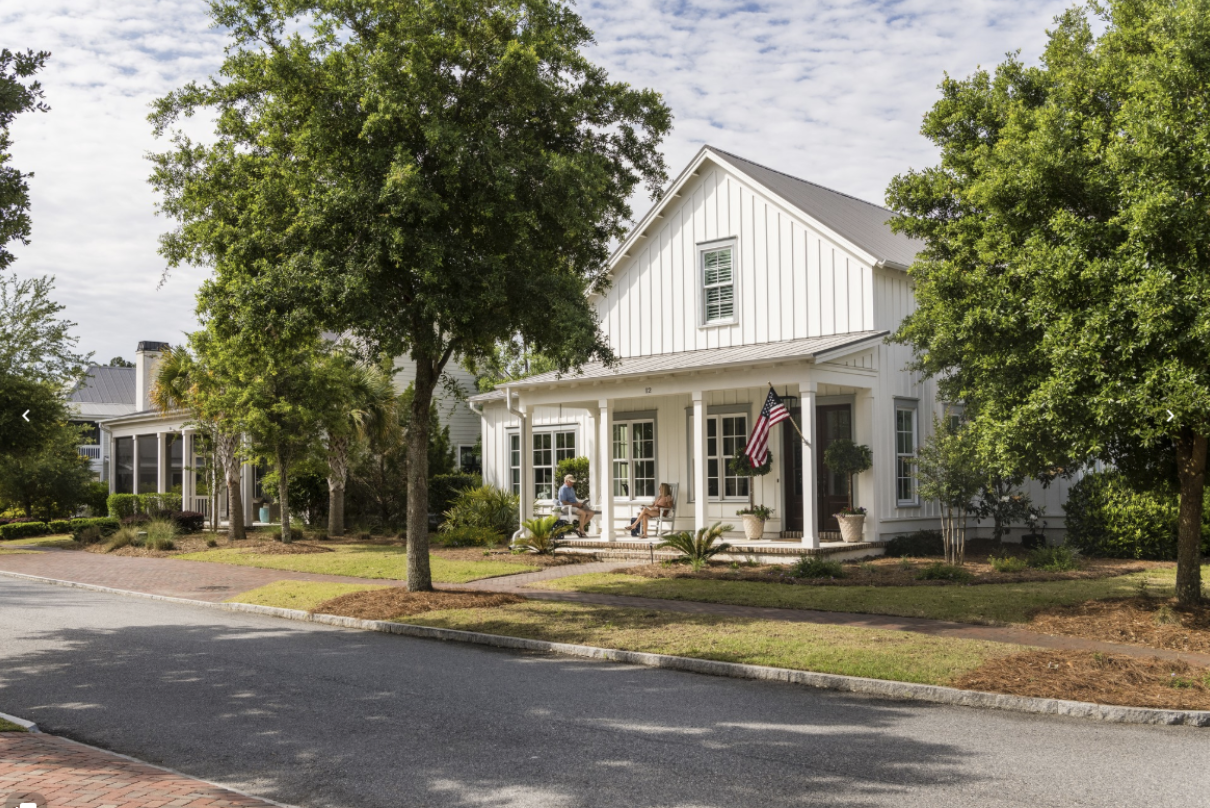
River Road: Where Lowcountry Beauty Meets Elevated Everyday Living Tucked gracefully between Wilson Village and Moreland Village, River Road is one of Palmetto Bluff’s most immersive communities. It's where the pace of life seems to soften, classic Southern ...
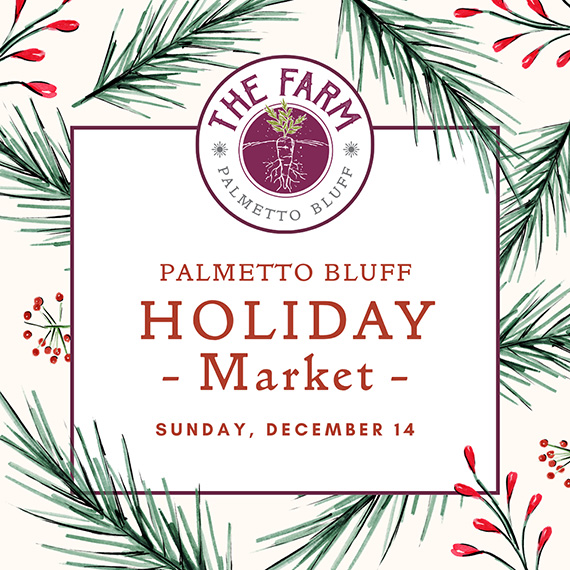
Sunday, December 14 | 9am to 1pmVillage GreenThe season’s most festive farmers market, the Holiday Farmers Market, comes to Wilson Village on Sunday, December 14, from 9am to 1pm. All are welcome to visit and experience the magic of holidays at the Bluff. The ...

Tucked amid whispering pines and overlooking a tranquil water trail, 11 Lyonia Street is where Lowcountry charm meets modern artistry. The newly built residence redefines Southern living with a balance of craftsmanship and calm. This is a home that feels both ...
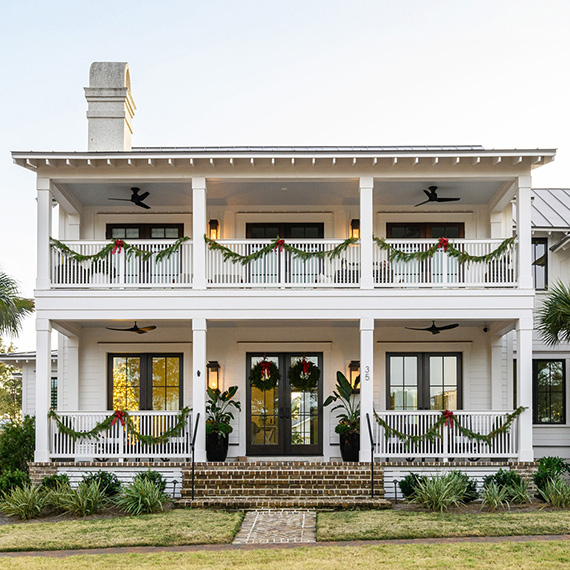
The holiday season in the Lowcountry brings crisp air, oaks draped in twinkling lights, and laughter drifting from homes where families and friends gather once again. At Palmetto Bluff, the holidays are more than just a season; they’re a feeling of togethernes...
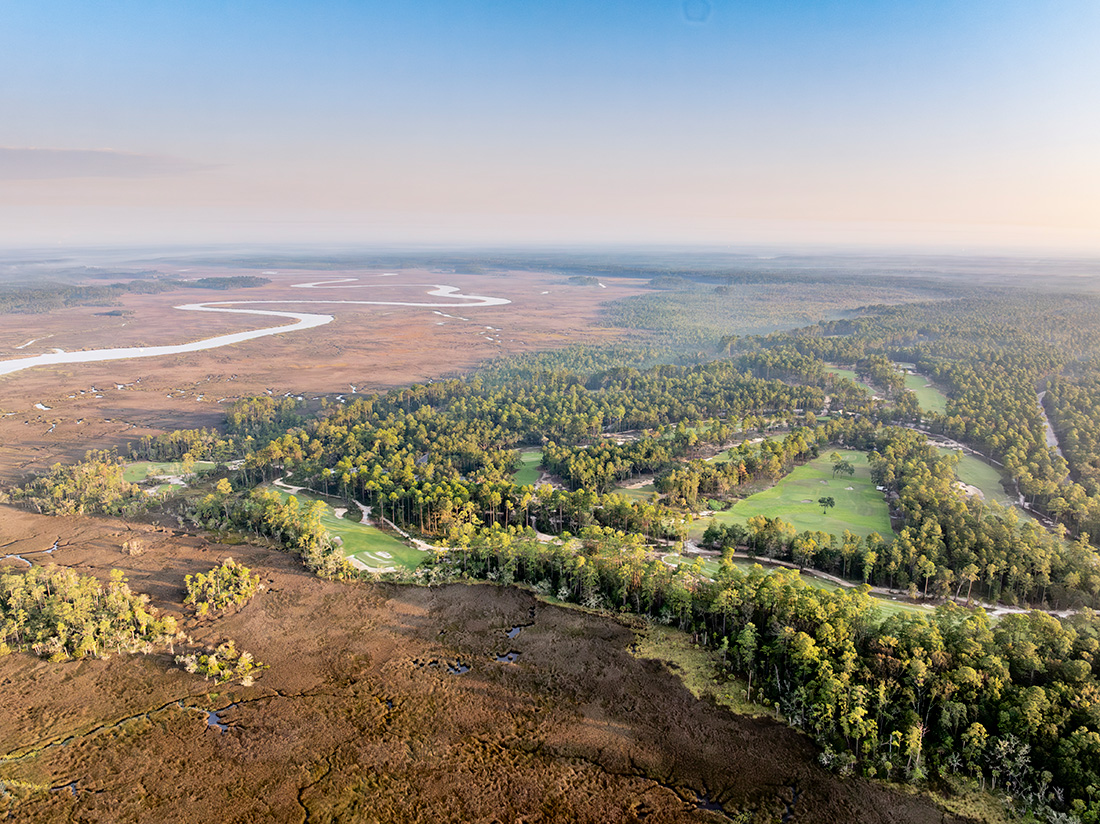
https://vimeo.com/1071784239?share=copy&fl=sv&fe=ci We are excited to unveil the official brand identity for Palmetto Bluff’s newest chapter in golf, Anson Point. Designed by golf icons Bill Coore and Ben Crenshaw and set within more than 500 acre...
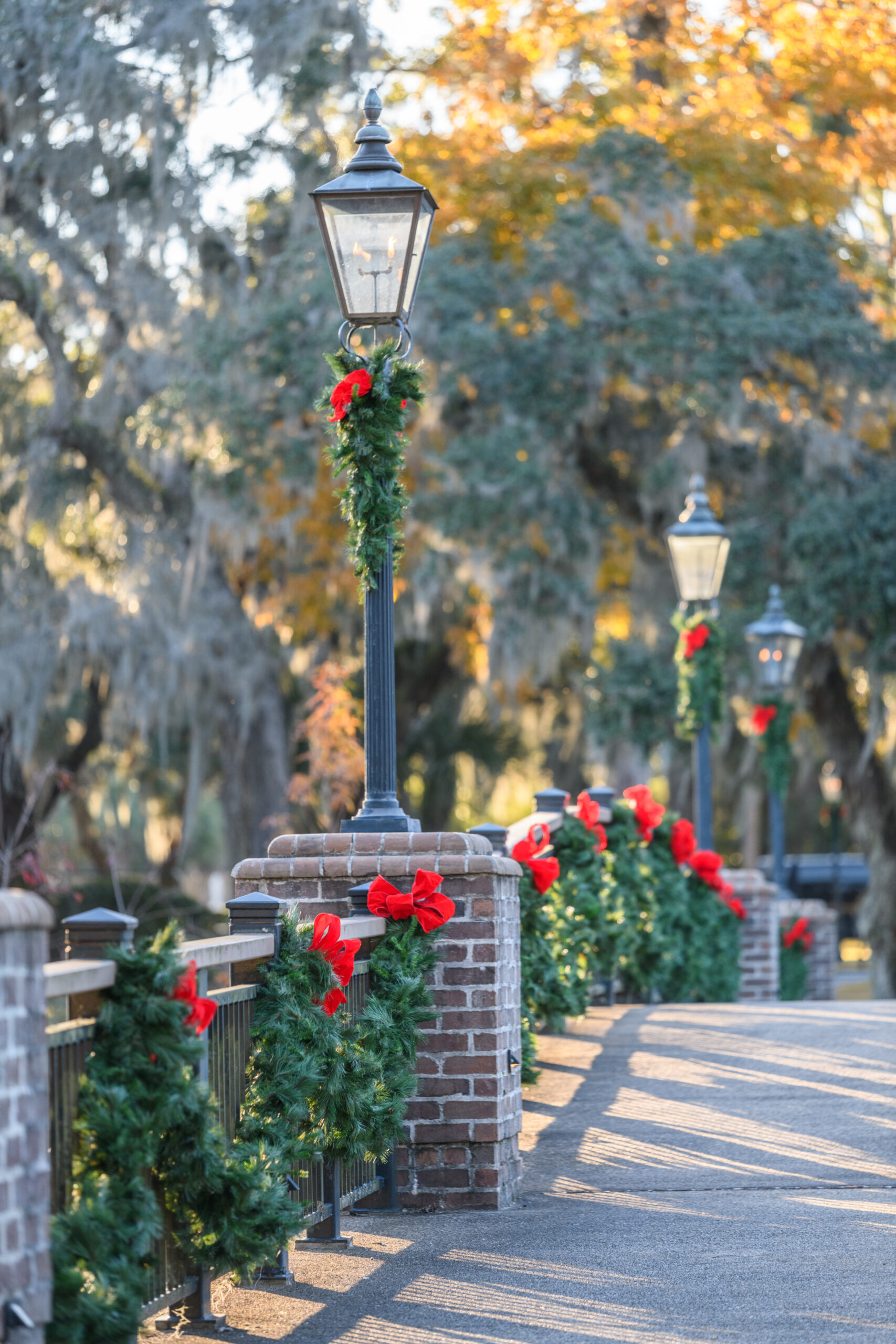
Must-Do 2025 Holiday Events in the Lowcountry There’s no better way to embrace the magic of the holidays than spending them in the heart of the Lowcountry. With its sparkling waterways, moss-draped oaks, and warm coastal charm, Palmetto Bluff transforms into ...

Rebecca’s Journey to Palmetto Bluff For Rebecca McCorkendale, life on the water isn’t just a career—it’s a calling that runs through generations. Growing up on Hog Island, nestled between Hilton Head and Bluffton, Rebecca was raised with salt air in her lungs...
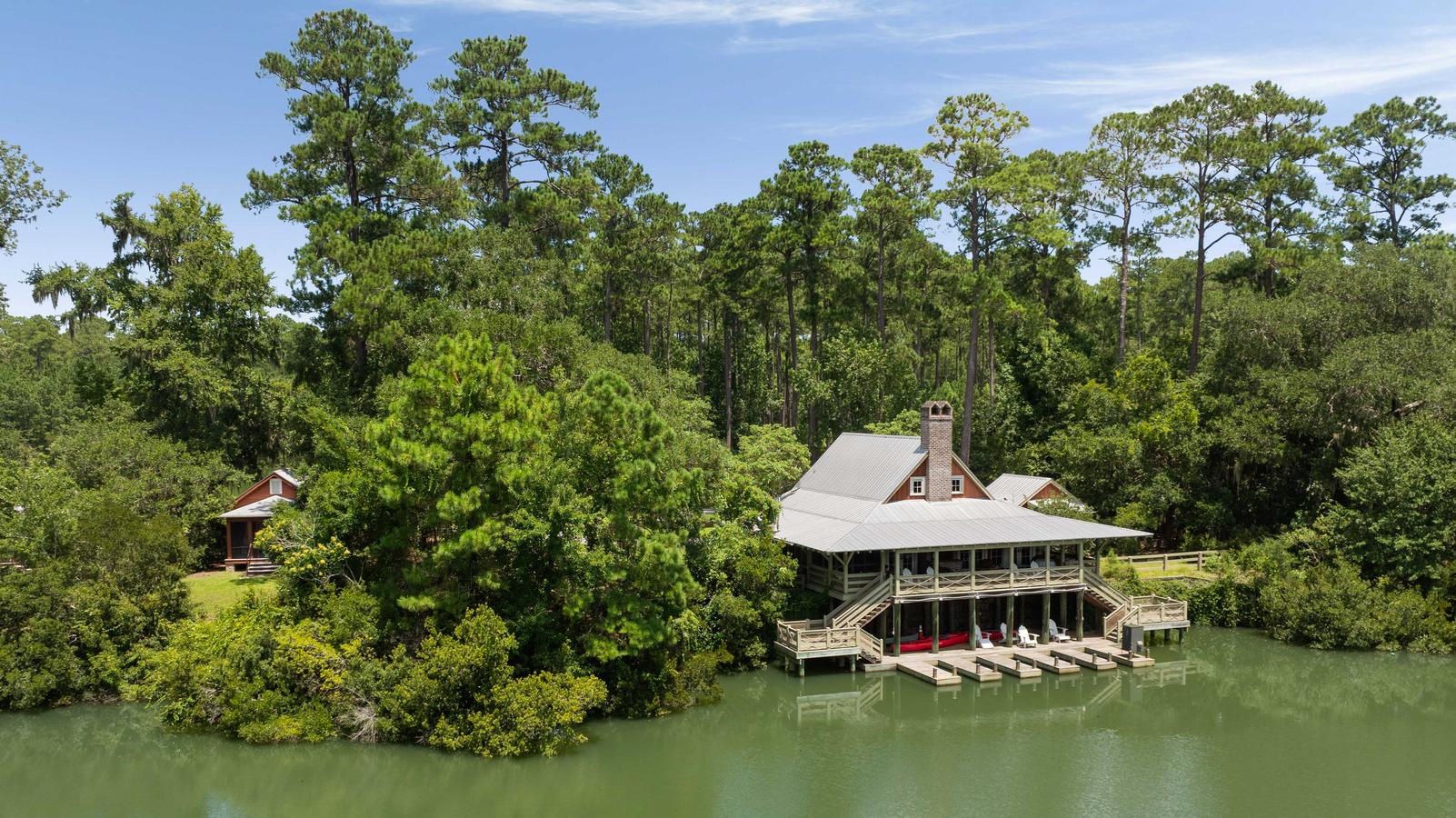
Headwaters Community in Palmetto Bluff Tucked deep within Palmetto Bluff’s untouched maritime forest, Headwaters stands apart as the community’s most private and pristine enclave. With just ten family compounds spread across more than 600 acres of scenic mars...
Learn about the Palmetto Bluff Conservancy and how we keep the vision of our land in place.
On land or water, there is an ever-evolving variety of activities.
We do not attempt to independently verify the currency, completeness, accuracy or authenticity of the data contained herein. All area measurements and calculations are approximate and should be independently verified. Data may be subject to transcription and transmission errors. Accordingly, the data is provided on an “as is” “as available” basis only and may not reflect all real estate activity in the market”. © [2023] REsides, Inc. All rights reserved. Certain information contained herein is derived from information, which is the licensed property of, and copyrighted by, REsides, Inc.